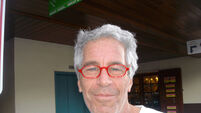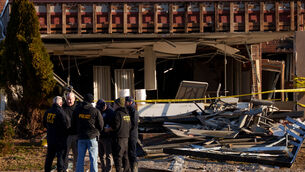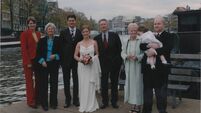Man convicted of 161 murders in Oklahoma bombing
Nearly a decade after the Oklahoma City bombing, a man was found guilty of 161 state murder charges for helping carry out what was then the deadliest terrorist attack on American soil.
Terry Nichols could get the death sentence he escaped when he was convicted in federal court in the 1990s.














